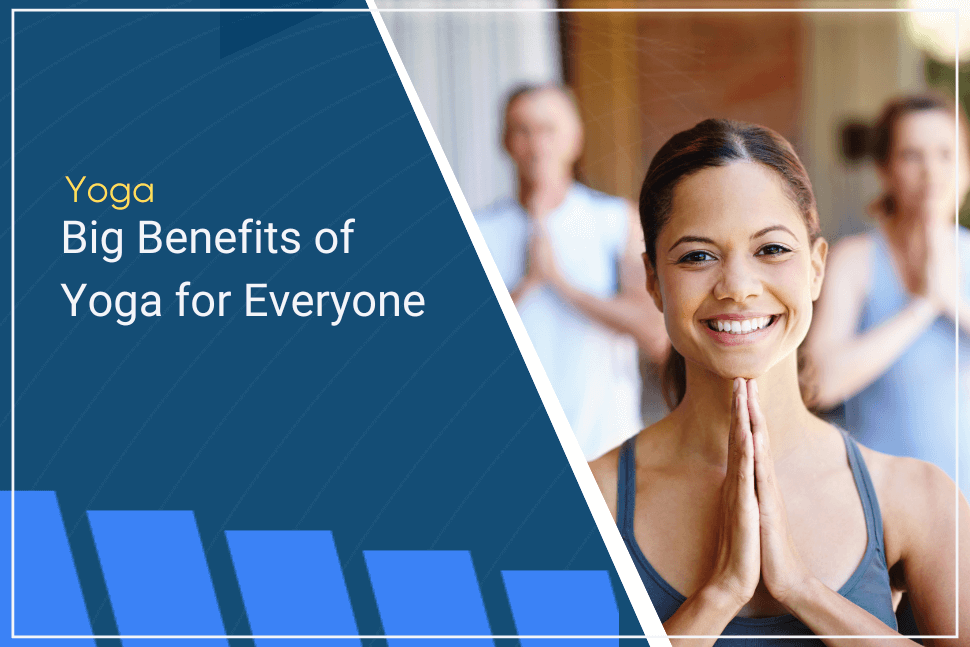Yoga Class Template

There is a lot to successfully maintaining a yoga studio. Top of that list is how you actually deliver your key service: yoga classes.
As a business owner, you need to ensure that your clientele and your staff members are satisfied. As a yoga studio, you need to ensure that the classes are being taught with the proper sequencing.
Below are concise explanations about what makes a proper yoga sequence.
What Makes a Great Yoga Sequence?
A yoga sequence is the seamless transition of different movements and poses, or asanas – various postures that are used to manipulate your body’s energy. Yoga sequencing allows for a great deal of freedom for the instructors. There is no right or wrong yoga sequence – what works for some will not always work for others – but what makes one great is its effectiveness. Each yoga sequence is entirely contingent on the overall skill level of the class and the instructor. An experienced instructor will consider the goals and abilities of the class beforehand and pragmatically create sequences based on that information.
That means prioritizing certain poses over others to ensure the safety of each participant, such as doing floor asanas before transitioning to standing ones. Some teachers prefer pose-counterpose positions while others do not.
When Should a Yoga Sequence Template Be Used?
Using a sequencing template gives you something to build on when creating your own as you gain experience. It’s always a good idea to take a systematic approach by having separate templates for different classes and experience levels. The more experience the instructor has, the easier the sequencing becomes.
A Basic Yoga Sequence Template
Yoga sequencing allows for smooth transitions from one pose to the next. Effective yoga sequences should be presented in ways that are contingent on the overall skill level of the class. Below is one example of a basic yoga sequencing template or yoga class format:
- Introduction for 5 - 10 minutes. Can start sitting (traditional), standing, or on all fours. Guide students by helping them bring their focus inward into their own space by closing their eyes and focusing heavily on breathing.
- Proceed to vinyasa warm-up poses for 5 - 10 minutes. Link together breath-and-movement asanas, such as cat and cow, to help lubricate the spine and warm up the muscles. Remember to remind students to focus heavily on maintaining a steady breathing pattern.
- Sun Salutations and Standing Poses for 20 - 30 minutes. Generating heat with sun salutation poses and transitions, starting with basic poses and building up to more advanced ones.
- Once the body is warmed up, integrate twisting motions for the final 5 - 10 minutes.
- Backbends for 10 minutes. Begin with simple bridges and then increase the difficulty to a wheel pose. Use either or both prone and supine positions. Maintain spine neutrality between each backbend. Monitor the ease with which the students can transition from a basic plank position to a downward-facing dog, then try using inversions for 5 minutes if the students seem ready.
- Regrounding or cool-down phase for 10 minutes.
- Seated twists and hip-opening poses for 10 minutes.
- After starting the regrounding phase with seated twists, follow up with inversions and backbends.
- 5 - 10 minutes of seated forward bends.
- 5 - 10 minutes of savasana poses.
End the session by transitioning into a state of tranquil meditation for 5 - 10 minutes.
Maintain Yoga Members
Earning the proper credentials and possessing the right certifications will go a long way in recruiting potential clients. Once you have a new person join your yoga classes, you want to do everything you can to make them feel comfortable and welcome, and the product they are paying for is worth every penny. One of the best ways to do that is by guiding your class through an hour of smooth and effective sequences.
A yoga sequence refers to the entire yoga class outline of the class and how it is conducted by the instructor. An effective yoga sequence usually has a base template of exercises and the instructor will proactively adjust the exercises according to the overall skill level of the class. A standard yoga sequence begins with warm-up poses, then will transition into asanas that are core positions related to the theme of the class, followed by several minutes of cool-down asanas, and ends with a meditation session.
An effective sequence makes the classes more fun, engaging, and unpredictable by learning to observe and communicate with class members. Hence, you know if they have been able to adapt to your methods properly and that you can modify your pedagogy accordingly. It also helps with building a rapport so you can get to know your clients on a more personal level.
You also want to be as motivating and inspiring as possible. Come up with fun and exciting challenges like rewarding those who show up for 25 classes in 30 days or bringing a friend. Offering discounts for reaching certain milestones and hosting workshops that explain different poses and their functions are also methods that resonate with people.

Keep Your Yoga Instructors as Employees by offering them Creative Freedom
Equally as important as retaining as many members as possible is the ability to retain those who work for you. Your employees are your biggest assets, which is why it’s vitally important that they stay motivated by feeling appreciated.
Encouragement
Positive reinforcement goes a long way with people. A lot of bosses and managers only tell their staff members what they are doing wrong and ignore everything that they have been doing correctly. Simple affirmative gestures and even thank you cards go a long way in letting your staff members understand that they are the backbone of your yoga studio.
Remain Open to New Ideas
The mark of a good boss is having an open-door policy for the staff members. This lets them know that you will always remain receptive to new and pragmatic ideas that will help retain customers and grow the business. Keeping an open-door policy is also a great way to get to know your staff members on a more personal level.
Give Them Autonomy
It’s good to do things other people’s way sometimes. Giving the instructors the freedom to guide their sequences in the ways that they want allows them to get creative, which also gives your members more variety. Perhaps they innately possess better customer service skills than you and others, therefore it would be prudent to receive advice on how to improve.
Get to Know Them on a Personal Level
Treating your staff members like friends and, most importantly, like human beings builds a level of trust and ensures that there is always an honest and open form of communication between you and them. Spending at least a half hour per week with them lets you get to know who they are as people and better understand their ambitions, strengths, and weaknesses.
Make Managing Yoga Classes a Breeze…
Gymdesk’s yoga studio management software makes managing your business quick and easy. Effortlessly manage each member’s information, process payments, and track attendance all from one tool.
If your classes have limited spots, our booking feature will make your life so much easier. Students can sign into their own member portals through our software, check your schedule, and book your classes from anywhere at any time.
Our reporting dashboard allows you to accurately monitor month-to-month revenue, class attendance, and yearly projections – and you can send out alerts and notifications via SMS messaging and email, too.
Conclusion
In conclusion, the successful maintenance of a yoga studio hinges on excellent delivery of yoga classes. As a responsible business owner, your priority lies in ensuring the satisfaction of both clientele and staff members.
For yoga studios, the essential focus is on guaranteeing that classes are taught with meticulous attention to proper sequencing and, where possible, individualization. In this article, we explored a solid yoga template as well as what it takes to make a good class sequence.
Gym management software that frees up your time and helps you grow.
Simplified billing, enrollment, student management, and marketing features that help you grow your gym or martial arts school.





